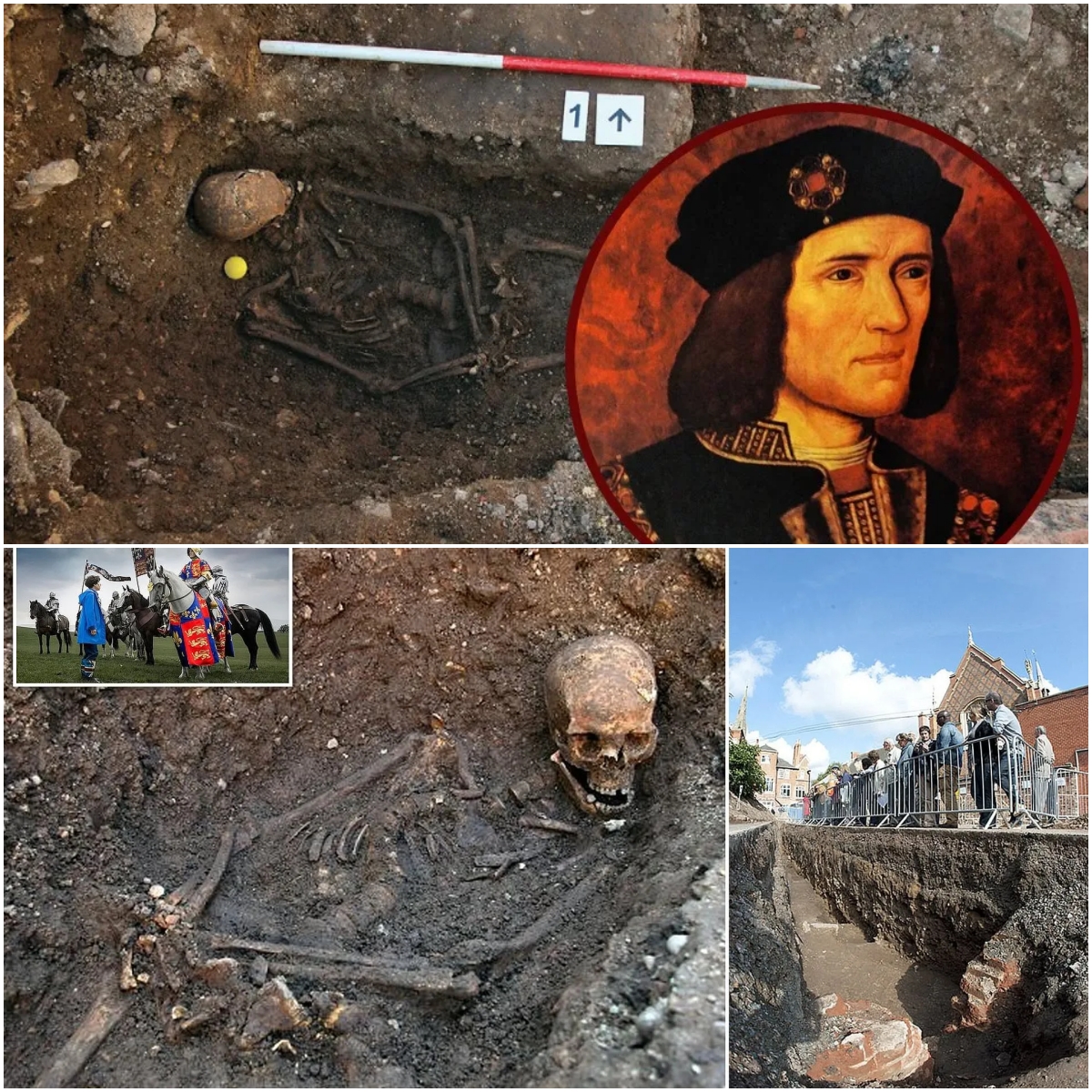China’s 2,500-Year-Old Skeleton: Punishment’s Last Mark

In the heart of an ancient cemetery in China, archaeologists have uncovered a discovery so chilling it has left the most experienced experts grappling with more questions than answers. A 2,500-year-old skeleton, with its legs deliberately amputated, has reignited debates about the darkest practices of ancient societies. Was this a cruel form of punishment? A ritual offering? Or something even more sinister?
The remains, found in a shallow grave, paint a macabre portrait of a life violently interrupted. The skeleton, identified as a man in his 30s, bore marks of trauma suggesting the amputation was not a post-mortem act, but a deliberate punishment inflicted while he was still alive. Clean cuts in the bones indicate the use of sharp tools, probably bronze instruments, suggesting a society with advanced surgical knowledge but a brutal sense of justice. Was this man a criminal, whose punishment should serve as a warning to others? Or was he the victim of an archaic ritual meant to appease the gods?
The setting of the burial increases the mystery. The site was part of a larger necropolis, which housed hundreds more tombs. But unlike the others (most of which contained ornate pottery, tools and jewelry), this man was buried alone, with no possessions to suggest social status or family ties. His tomb was unadorned, almost forgotten, as if his very existence had been erased. Was this a deliberate act of dishonor, or had his punishment condemned him to a life of solitude in the afterlife?
Some researchers argue that amputation could be related to an ancient form of justice known as “retributive mutilation,” in which specific body parts were removed as punishment for crimes. Historical texts of the time describe punishments for theft, betrayal, or rebellion that involved the amputation of limbs, often as a way of leaving the offender powerless and humiliated. Could this man be a thief caught in the act or a traitor whose betrayal justified such a horrible fate?
However, others suggest a ritualistic explanation. In ancient Chinese traditions, offerings to the gods often included human sacrifices, in which body parts symbolized different forms of devotion. The amputation of legs, in particular, could symbolize the removal of a person’s freedom or mobility, perhaps with the intention of binding their spirit to the service of the divine. But if this was the case, why was the body buried so carelessly, stripped of any ceremonial markers?
The discovery has also sparked modern ethical debates. How do we reconcile the brutality of these ancient practices with the advanced knowledge that these societies possessed? The precision of the amputations suggests that these were expert practitioners, individuals who understood human anatomy well enough to cut off limbs cleanly without breaking the bone. Did this duality reflect a deeply stratified society, where knowledge served not only for healing but also for cruelty?
The public reaction to the discovery has been explosive, with some denouncing the tendency to romanticize ancient civilizations and overlook their darker aspects. Social media is full of theories, ranging from the plausible to the outlandish. Was this man a political dissident silenced by a tyrannical regime? Could the amputation have been a twisted form of medical experimentation? Or, as some conspirators suggest, was he punished for tampering with forbidden knowledge or rituals?
As researchers continue to analyze the remains, they are also examining the environmental context of the site for clues. Were these common practices or was this an isolated case? And what about the society that carried out such acts? What drove them to such extremes and what could they have feared or revered so deeply that would justify such punishment?
This shocking discovery challenges us to confront the complexities of human history. It reminds us that the past, while fascinating, is often far from idyllic. Ancient societies may have been sophisticated in their technologies and philosophies, but they were also capable of unimaginable cruelty. As we discover more about this 2,500-year-old skeleton, one thing is certain: this man’s story, while steeped in tragedy, offers a rare and chilling glimpse into the shadows of an ancient world still shrouded in mystery. .






